Advancing Dairy Cattle Genetics: Genomics and Beyond is the theme for an upcoming conference that will address the future of genetic selection, research and application. The three-day event will be held Feb. 17-19 in Phoenix, Arizona. Leading scientists, industry experts and dairy producers are on the agenda as speakers and panelists.
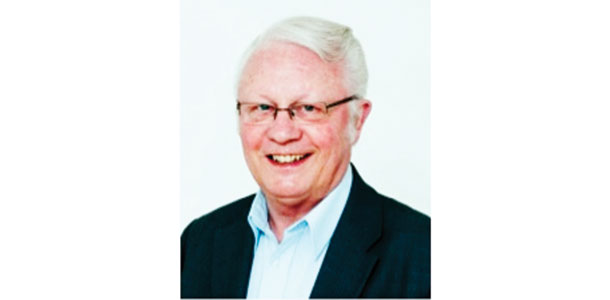
Topic: Perspectives from a Career in Dairy Cattle Genetics
Speaker: Dr. Jan Philipsson, Agricultural University of Sweden
Q: Why is this topic important?
PHILIPSSON: It is always important to analyze and understand past developments and their importance with a historic perspective and in an international context. Then we can, for example, better choose the right directions for future decisions regarding breeding objectives and methods of selection.
What do you hope attendees will take away from your presentation?
PHILIPSSON: I will analyze the importance of various developments in the dairy sector and genetics from improvements made in the past and discuss what might be important for the future, for example, what will be the role of milk recording, sexed semen, cloning, genomic selection and crossbreeding in the light of animal welfare movements and anticipated climate change.
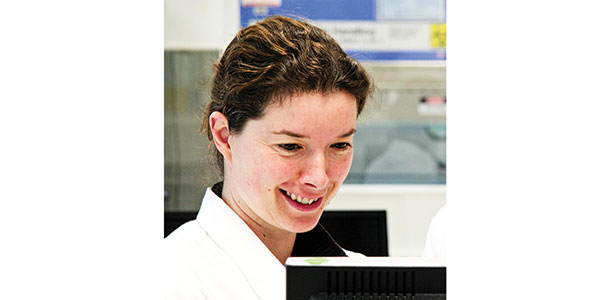
Topic: Novel Applications for Genomic Data
Speaker: Dr. Jennie Pryce, Victoria Department of Primary Industries, Australia
Q: Why is this topic important?
PRYCE: The value proposition of genotyping a herd of cows increases if there are uses other than obtaining breeding values. Here, we look at some new and some established opportunities for using genomics, such as correcting parentage errors, controlling inbreeding through genomic mating plans, selecting replacements and avoiding genetic defects.
Q: What do you hope attendees take away from your presentation?
PRYCE: That there is more to be gained from genotyping than genomic breeding values.
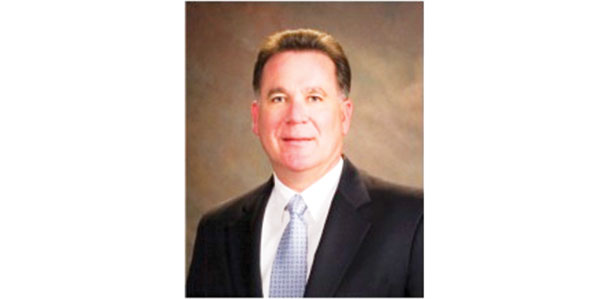
Topic: Feeding the World’s Population
Speaker: Gregg BeVier, Sexing Technologies
Q: Why is this topic important?
BEVIER: It is estimated that the global population will exceed nine billion people by 2050. The Millennium Development Goals list reducing poverty and hunger as one of eight key global initiatives for all of us. Food supply will need to increase in order to meet this growing demand, and it has been estimated that the animal-sourced food supply will need to at least double from current levels by 2050.
Q: What do you hope attendees will take away from the presentation?
BEVIER: About 80 percent of the poorest people in the world, living on less than $2 per day, reside in Africa and India. These two regions currently represent about 35 percent of the global population, and they are growing fast.
I am optimistic that poverty reduction will occur, and as that happens, poor people will begin to consume more and better food items. The attendees at the meeting are involved in food production, and they will ultimately be part of this value chain.
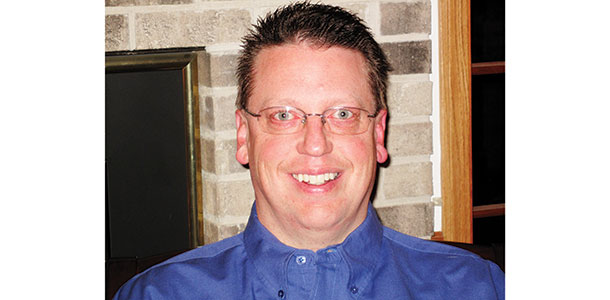
Topic: Experiences with Genomics Producer Panel
Panelist: Dan Siemers, Siemers Holsteins
Early adapters of genomics, the Siemers family of Newton, Wisconsin, has found marketing opportunities for their high-numbers registered Holsteins to be a complement to their award-winning show cattle. While maintaining a milking herd of 2,400 cows, those cattle with elite genetics and show ring marketability are housed at a separate facility. Here, procedures like embryo transfer and in vitro fertilization are performed.
While genomics has been used extensively, Siemers emphasizes that conformation is still important on his dairy.
“First and foremost, as producers we all have to breed what we like; for me, that requires relatively good type,” he explains. “At the end of the day, I can have the highest genomic 2-year-old in the country, but if she is only 78 points, that is not a ‘win’ for us.”
Q: Why is this topic important?
SIEMERS: As great of a tool as genomics is, we don’t quite have it down to a science for commercial herds. Some people want to base all of their decisions on test results; I just don’t think we are there yet. Some of our highest testing 2-year-olds are minus on milk, and the opposite is true as well. We’ve tested thousands of head over the years, and that’s just how it is.
Q: What do you hope attendees will take away from your presentation?
SIEMERS: To be cautiously optimistic. I am optimistic. We have been using nearly all genomic bulls since they came out, and our herd has made huge improvements. I think there is a lot that can be done with genomics, but we can’t forget that we still need to take good care of the cows. A lot has been done, but we still don’t know everything.
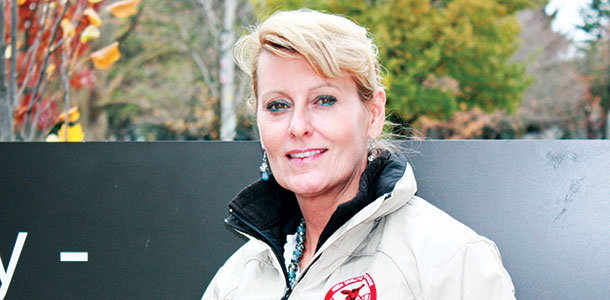
Topic: Selection for Improved Immune Response
Speaker: Dr. Bonnie Mallard, University of Guelph
MALLARD: At the Advancing Dairy Genetics conference, I will be speaking about genetic regulation of the bovine immune system and how that knowledge can be used to select for enhanced immune responsiveness and disease resistance.
Cattle that are identified as “high immune responders” using the University of Guelph’s patented test system [High Immune Response (HIR)] demonstrate significantly less disease occurrence, improved colostrum quality and better response to commercial vaccinations.
Q: What do you hope attendees take away from your presentation?
MALLARD: I hope the attendees learn about the importance of the immune system in fighting infectious disease and how HIR technology was developed in order to optimize disease resistance in dairy cattle. They should also learn more about Semex Immunity+ sires and future development of the HIR technology.
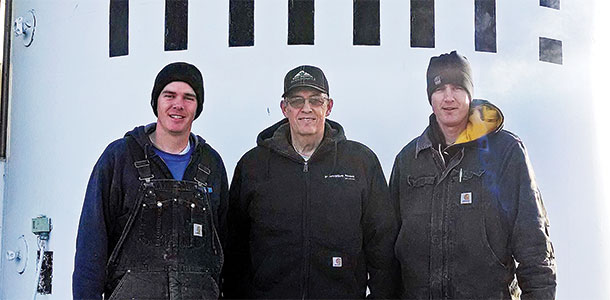
Topic: Traits for the Future Producer Panel
Panelist: Alan Andersen (center), Seagull Bay Dairy and Andersen Dairy
Idaho dairyman Alan Andersen comes to the table with perspectives from two different sides of dairy cattle genetics. He owns Seagull Bay Dairy, a 600-cow dairy near American Falls, Idaho. Known for high-genomic registered Holsteins like Seagull-Bay Supersire, they have capitalized on domestic and international marketing opportunities for their sought-after cattle.
In Declo, Idaho, he operates Andersen Dairy, a herd of 1,400 cross-bred cows with the influence of Holstein, Montbeliarde and Scandanavian Red. The dairies are each managed by one of Alan’s sons, Greg at Seagull Bay and Ben at Andersen Dairy.
“I see myself as open-minded,” states Andersen. “There is more than one way to be successful in the dairy business.”
Q: Why is this topic important?
ANDERSEN: We will be looking at the kinds of traits we need to be breeding into our cows going forward to make our business more profitable. We’ve got to breed cows that are healthier, take less veterinary care and are more reproductively sound; we need to have them calving back regularly and producing milk efficiently with less health problems.
To me, that’s a stronger kind of animal. With regard to the Holstein: moderate stature but a wider-chested cow that maintains more body condition through the lactation.
I think it’s beneficial to the dairy industry to analyze where we are today and to talk about ways to make things better. That’s what this conference is about.
Q: What do you hope attendees will take away from your presentation?
ANDERSEN: All I can do is offer my own opinions, which come from my life experience; it doesn’t mean I know more than anyone else. I will be interested to hear others’ opinions. Together, I think we can leave the conference better prepared for the future than when we arrived. PD

Peggy Coffeen
Editor
Progressive Dairyman




